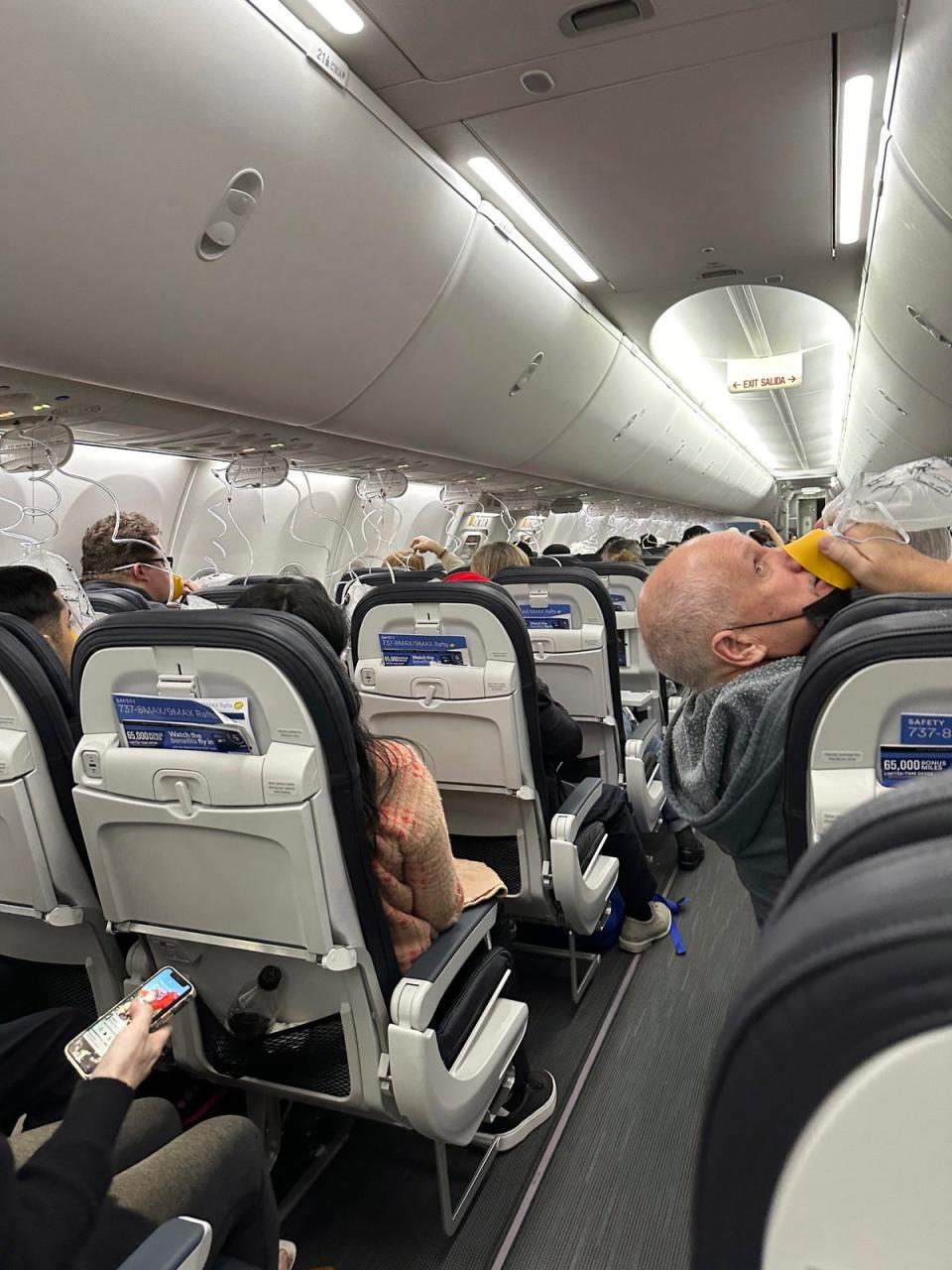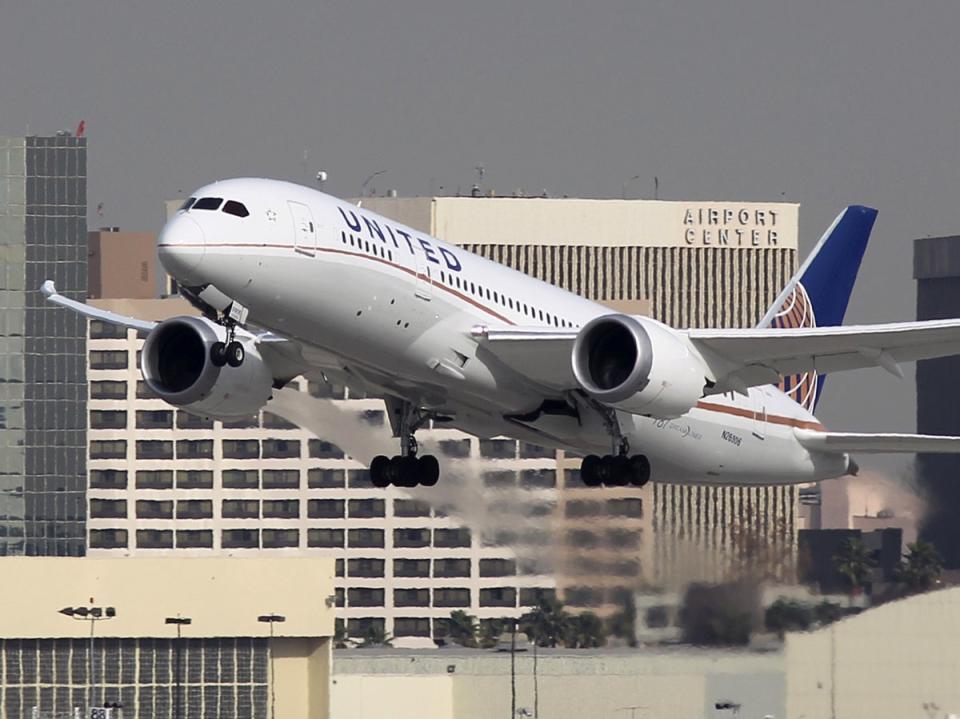FAA orders immediate inspections of thousands of Boeing 737 planes due to oxygen mask failures
More than 2,600 Boeing 737 airplanes are being inspected under the order of federal authorities over concerns that passenger oxygen masks could fail during an emergency.
The Federal Aviation Administration (FAA) is requiring the inspections of 737 MAX and Next Generation airplanes after multiple reports of “passenger service unit oxygen generators” shifting out of position due to faulty retention straps.
The issue could result in an inability to provide supplemental oxygen to passengers during a depressurization event onboard.
On average, a 737 has 61 oxygen generators and each generator has two straps.
In response to the FAA announcement, Boeing said on Monday that it had told airlines to update a subset of the restraining straps on 737 oxygen generators. A new adhesive, introduced on the straps in August 2019, had in certain circumstances allowed units to shift up to three quarters of an inch.

"We have gone back to the original adhesive for all new deliveries to ensure the generators remain firmly in place, as intended," Boeing said in a statement, shared with Reuters. The aircraft manufacturer said that inspections of the in-service fleet and undelivered airplanes have not yet identified any units that failed to operate properly.
The Independent has contacted Boeing for comment.
The FAA said the airworthiness directive was immediately effective and required inspections and corrective actions if needed within 120 to 150 days based on the 737 model. The federal agency also barred airlines from installing potentially defective parts.
“The FAA is issuing this AD (airworthiness directive) because the agency has determined the unsafe condition described previously is likely to exist or develop in other products of the same type design,” the FAA document reads.

Airlines must conduct a general visual inspection and if needed, replace oxygen generators with new or serviceable oxygen generators, strap thermal pads and reposition impacted oxygen generators, the agency said.
It is the latest chapter for Boeing which has faced heightened scrutiny from the FAA due to recent incidents ranging from an engine fire to stuck rudder pedals.
On Monday a Boeing 757-200 aircraft, departing from Los Angeles International Airport, lost a wheel during take-off. It is the second time that a Boeing aircraft operated by United has lost a wheel or tire during flight this year.
In March, a United Boeing 737 Max 8 had to be evacuated after tilting to one side and rolling off the runway into the grass while taxiing. A separate Boeing 752-200 suffered wing damage in mid-air, potentially due to missing bolts, in February.


